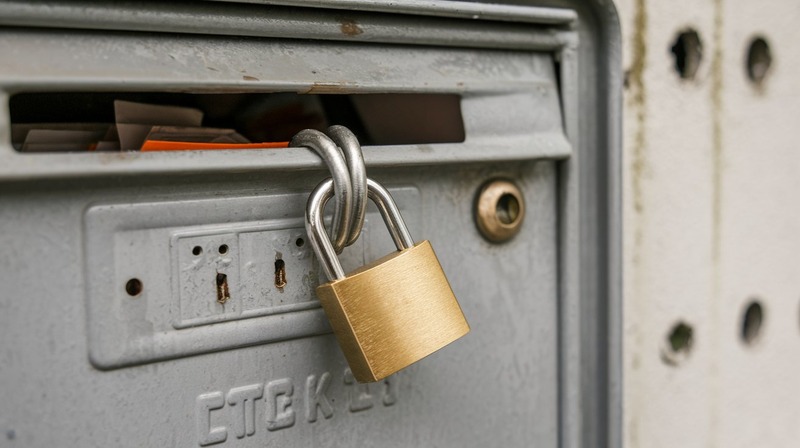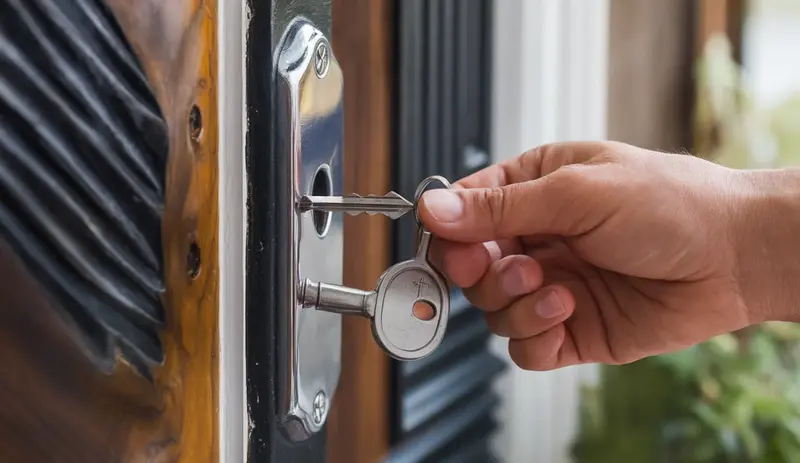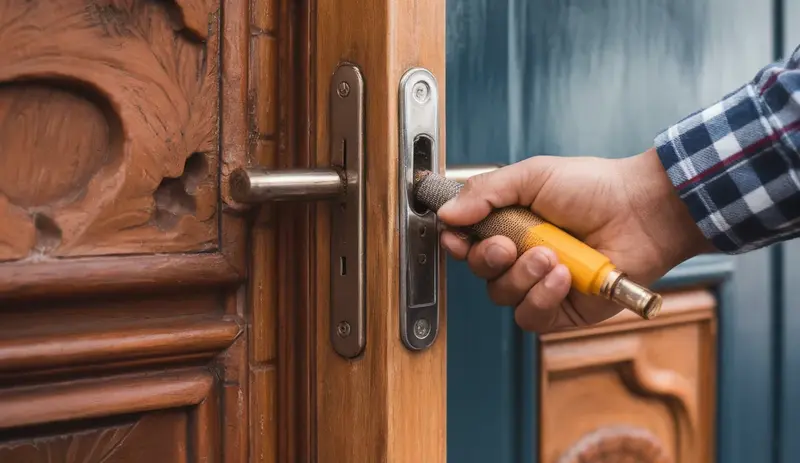
Have you ever had that moment of panic when you can’t remember if you locked up something important? Maybe it’s those tax documents sitting in your filing cabinet or the mail that seems way too easy for anyone to grab. I get it.
Personal security isn’t just about fancy alarm systems-sometimes it’s as simple as making sure your important stuff stays exactly where it should. The good news? Locking up your mailbox and filing cabinet isn’t rocket science.
With just a few simple steps, you can protect your personal information and give yourself some serious peace of mind.
Mailbox Security: More Than Just a Cute Little Flag
Let’s discuss something that many individuals brush aside: security of the mailbox. Your seemingly harmless mailbox isn’t just a cute piece of public decor; it’s potentially a big target for identity thieves and package thieves. Those criminals don’t see it as all-you-can-eat street art, and they sure don’t see it as a federal crime if they get caught. Your mailbox is basically an invitation for anyone to hit you up for your personal information.
Here is a fact many individuals are unaware of: the potential identity thief lurking in your vicinity considers every piece of mail you receive to be an opportunity. Bank statements and credit card bills? They could very well be the last thing separating you from an identity thief. Your medical documents? Can’t think of a more personal, private, and potentially harmful thing to have out there for all to see. Yet, that’s just what these mail items are when they reach your standard mailbox.
Filing Cabinet Locks: Your Personal Vault of Sensitive Information
Your file cabinet is more than just drab office furniture. It is a vault where you keep your most important papers. Think of it as a personal bank. The kinds of documents that could ruin you if they were to fall into the wrong hands, like:
- Social Security papers
- Medical records
- Tax information
These papers are also quite sensitive. And yet, I often see people leaning on their file cabinets, as if they were just another piece of workstation furniture.
What does this mean for you? It means you need to take your document storage seriously. A flimsy lock or no lock at all is essentially leaving your most private information wide open for anyone to access.
You May Like: How Do Locksmiths Handle Locks On Sliding Glass Doors?
Types of Locks: Choosing Your Security Strategy
Choosing the right lock can be an overwhelming task because not all locks are made the same. Let’s simplify this a bit. At the low end, we have simple padlocks. They work, but don’t count on any of them to stop a high-decibel tool that’s in the hands of a determined thief.
Advancing up the security scale brings you to lock options that are both more secure and more complicated to use. These complicated lock options include electronic locks that require entry codes (which are usually more secure than simple key-based locks) and biometric locks that can only be opened by people who have already been authorized to use them. For more detailed advice, visit Doctor Lock for professional insights.
DIY Installation: You’ve Got This
Do you think that installing a lock means you must be a total handyman? Incorrect. Most of today’s modern locks come equipped with easy-to-follow, step-by-step instructions. So even if you’re the kind of person who struggles to change a lightbulb, you can still successfully install a lock if you have patience, a few basic tools, and the ability to follow directions.
Tip: When buying a lock, always measure your mailbox or filing cabinet first. This isn’t the kind of all-universal, all-fit situation that people sometimes seem to think it is. Nothing’s more frustrating than coming home with a lock you know is secure and then realizing it doesn’t fit. Check out our Google Maps location for local assistance.
When to Call in the Professionals
Let’s be real-sometimes you need to know your limits. If you’re working with intricate locking arrangements, ultra-secure systems, or if your first attempt at DIY isn’t going well, it’s time to pick up the phone and call a locksmith.
Indications that you may require professional assistance are:
- Sophisticated electronic lock systems
- Existing lock mechanisms that are damaged
- Rarefied security needs for sensitive written materials
Keep in mind that when you pay for professional installation, you are likely saving yourself from some future headaches and, more importantly, saving yourself from a potential major security breach.
Final Words
Protecting your personal information doesn’t have to be complicated or expensive. With the right lock and a little bit of know-how, you can dramatically reduce the risk of someone accessing your private documents. Remember: it’s not about being paranoid, it’s about being smart.


